T4T relationships give trans students hope for the future
A celebration of shared transgender experience creates a profound romantic bond
I went on my first Tinder date in the summer of 2020, just as coffee shops were opening up for socially-distanced seating. After waiting 20 minutes, I saw my date had unadded me on Tinder and evidently wasn’t going to show. It was the first and hopefully last time I’d ever been stood up, yet I felt relieved.
Deep down, I was terrified that, although it was included on my profile, my trans identity and body would be an issue. Deep down, I thought it would be much easier to only date people who could also understand a life of transition.
T4T, or intentional relationships between two trans people, sometimes come under fire for being a form of separatism. Some argue they’re only the inevitable product of cis disgust rather than a choice we make. In reality, T4T is a continuous, embodied celebration of trans beauty and survival.
College makes seeking a T4T relationship difficult as if dating at a tiny university where everyone is connected isn’t hard enough. Unless you’re the lucky winner of a serendipitous moment in the Taco Taco line with someone you know is trans, good luck.
Dating felt discouraging to me for a long time. What if I wanted the romantic chance encounter with a Prince Charming who would sweep me off my feet and take me to his castle? What if I wanted the awkward, yet fun dance with a vaguely familiar face at a party that leads to bad sex in a dorm room? What if I wanted to never have to disclose information about my body in any situation, no matter how classy or trashy?
Every time I matched with someone on a dating app, my mind flashed to the worst. 47% of respondents to the 2015 U.S. Transgender Survey reported being sexually assaulted in their lifetime. The numbers were even higher for Black trans people and even higher for those who are trans and disabled. Over half of the respondents have experienced intimate partner violence, more than what the National Coalition Against Domestic Violence reports for men and women broadly.
I feared what could happen if I didn’t tell a date I was trans. I worried they would become violent when things heated up and they found I had a body they weren’t expecting.
And I feared what could happen if I made my identity clear. I prayed that my cis dates wouldn’t turn out to be chasers, people who fetishize trans bodies, seeing us as sexual objects.
Eventually, my Tinder bio read, “looking for queer people who aren’t going to murder me.” I added a heart-eyes emoji to comically soften the blow, but it was genuine. It was only then that I started getting fewer, but more successful, matches. I started to find the people I never thought I would find, the people who don’t require explanations and can see me as desirable, as human, without disclaimers.
If only my 19-year-old self could see me now at 22, no longer feeling selfish or guilty for wanting intimate connections with other trans people. I thought that if I wanted to assimilate into cis masculinity, even as a queer person, I needed to be wanted by cis people. I needed their stamp of approval that I was worthy of words and touch that are loving rather than violent. If only I knew I would no longer care about assimilation or anyone’s thoughts besides my own.
I have a feeling I’ll look back on this age in the future, too, with more exploration of T4T partnerships and intimacy than a college campus can provide. Trans people know transformation deeply, but these transformations aren’t just about our gender; discovering what we want from love and how we want to give love to others is an ongoing process.
A year after my Tinder date stood me up, I was lucky enough to see an exhibit of T4T photography in the Leslie-Lohman Museum of Art in New York. One image of two people taking a nap together, with tattooed limbs intertwined, dispelled much of the fear I felt when dating cis people previously. The love in the photo before me was real — it’s out there for all trans people to find. Maybe not at 19, maybe not on a tiny college campus, but waiting for each of us in the right place and time. How beautiful it is that our hope can be so tangible and a form of resistance in its own rite.
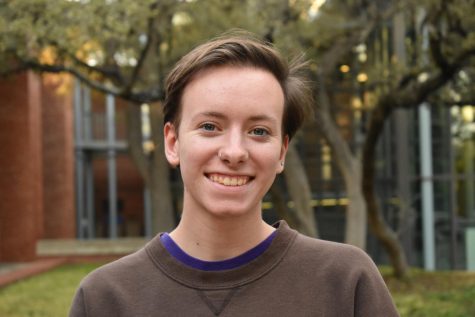
I am a senior French and Earth Systems Science double major from St. Louis, MO. When I'm not wearing my EIC hat, I am also a Chapel | Spiritual Life Fellow,...

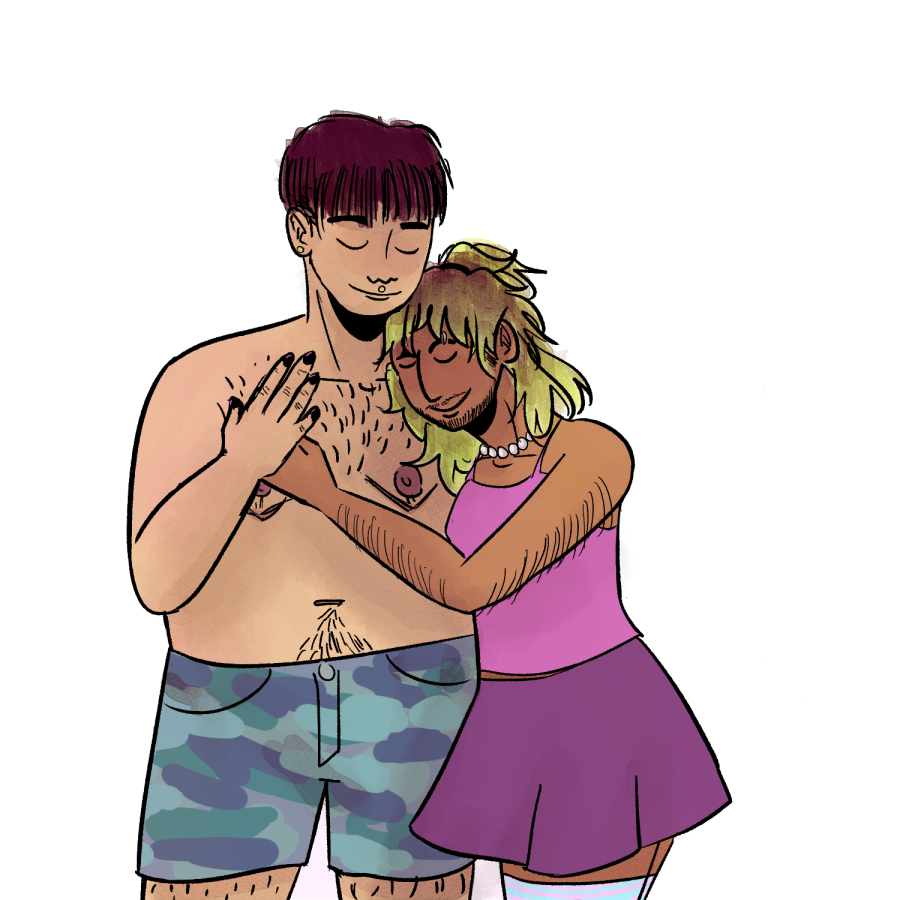
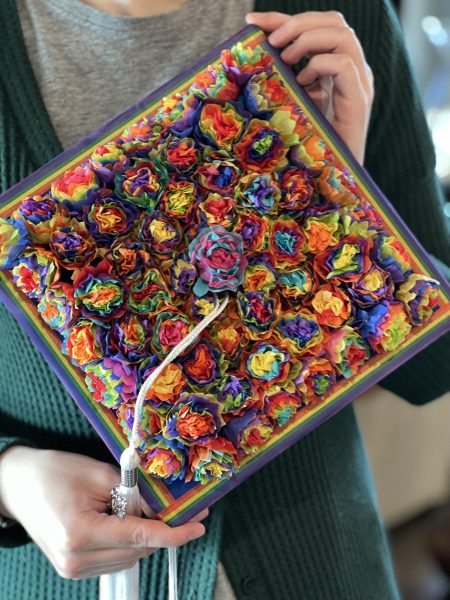
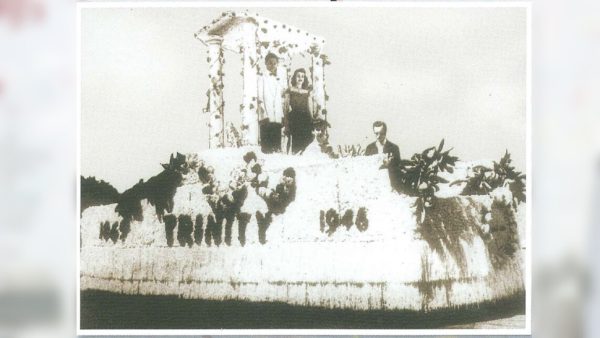
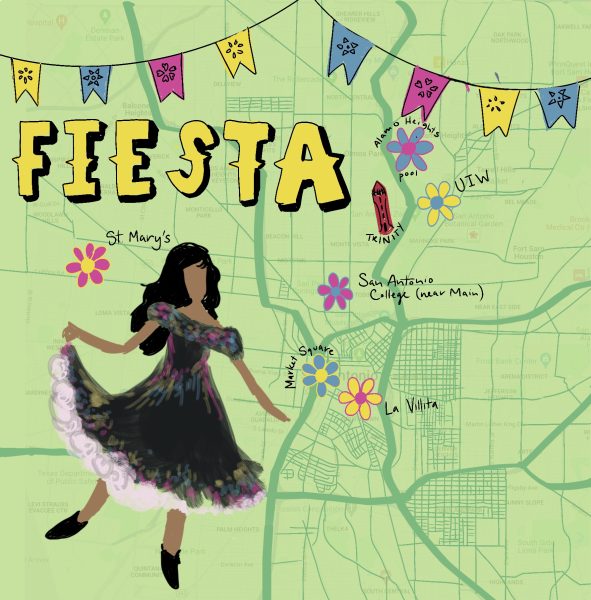
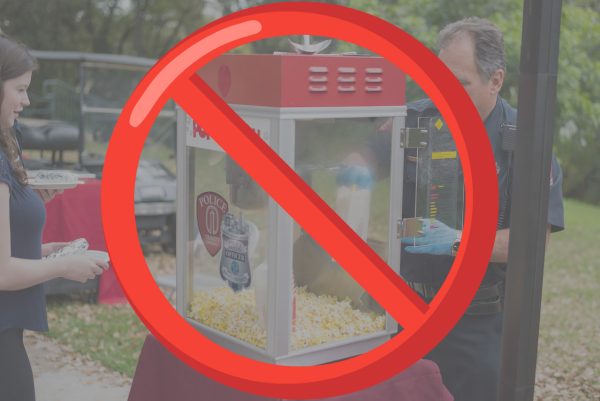
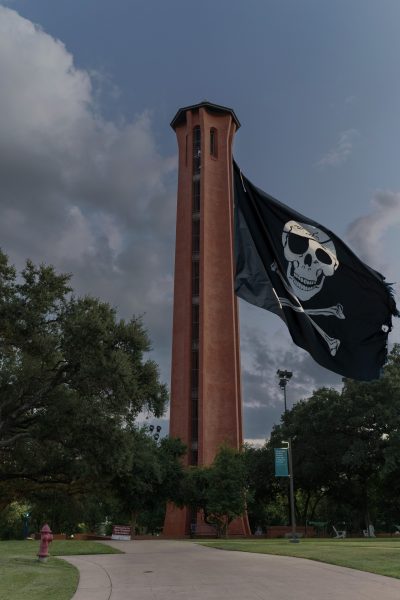

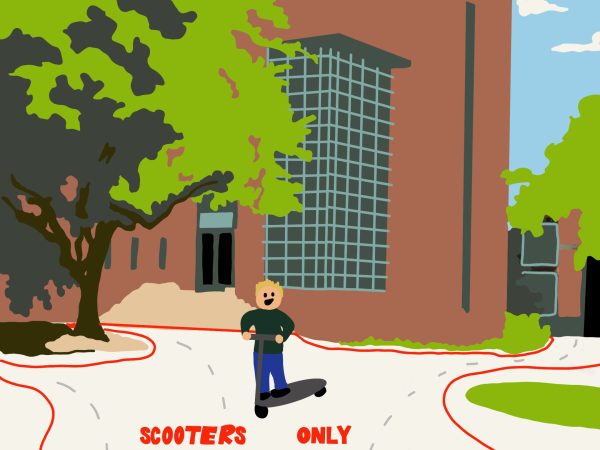

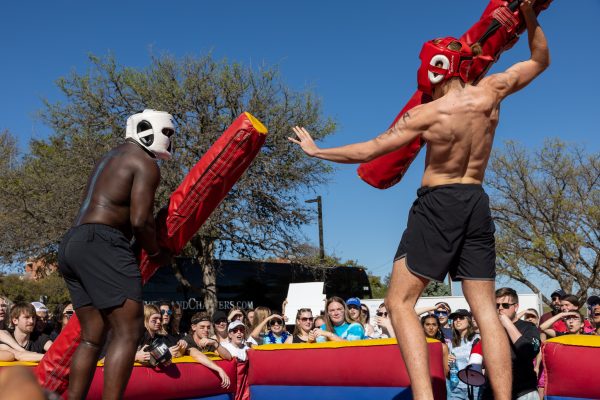
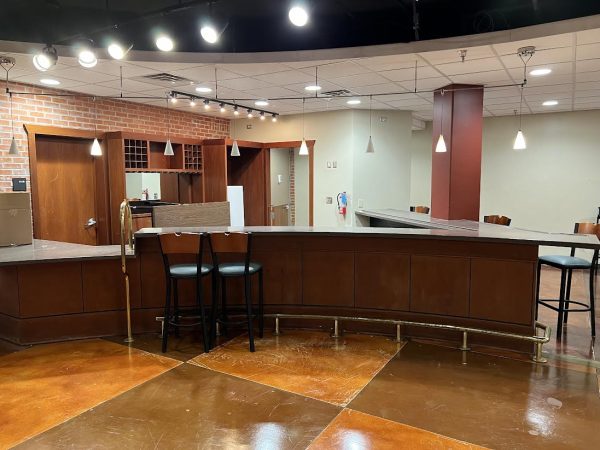
Abi Benjamin • Mar 5, 2023 at 2:49 pm
I love this so much!!! We need more people talking about t4t like this 😀